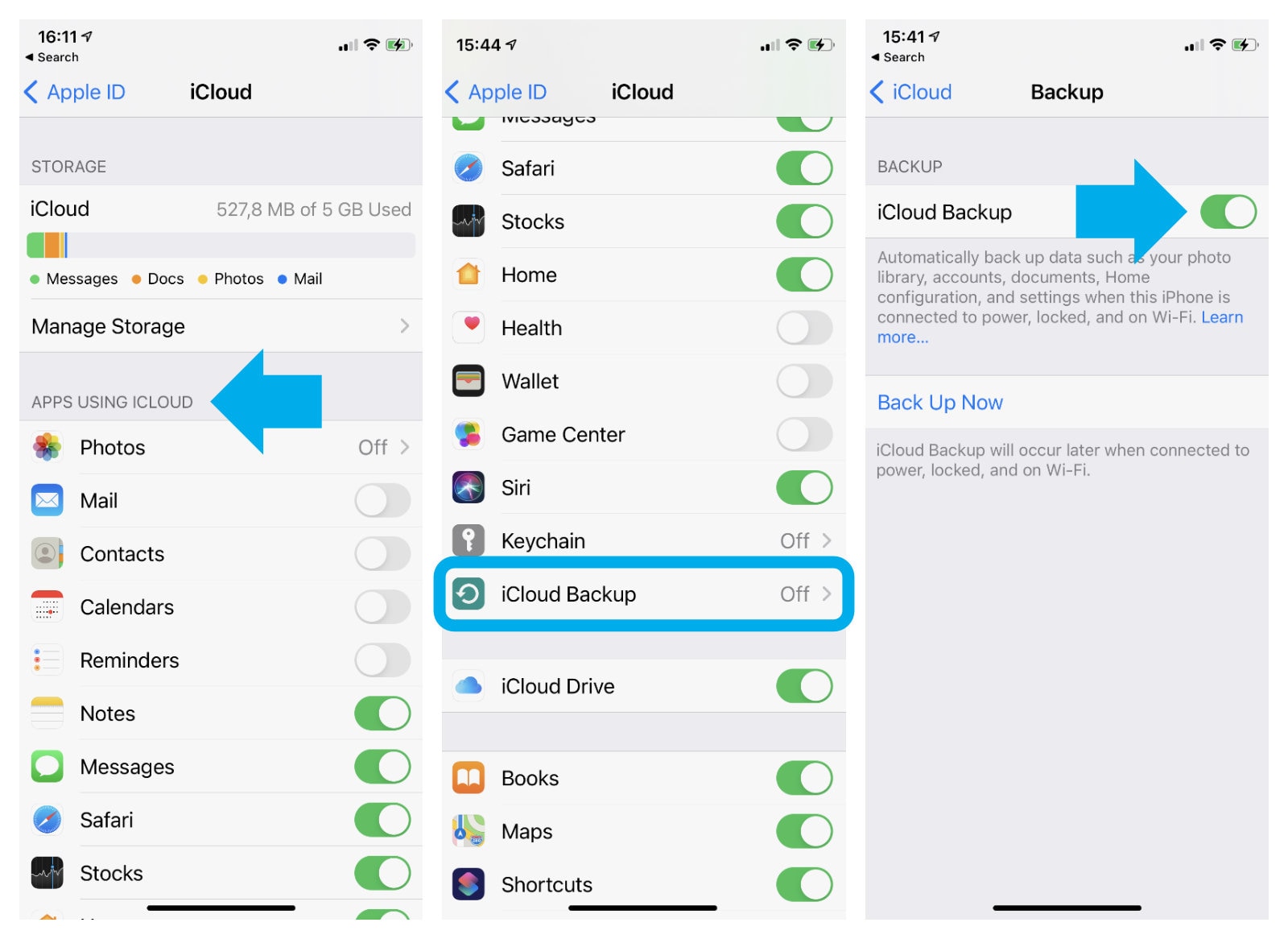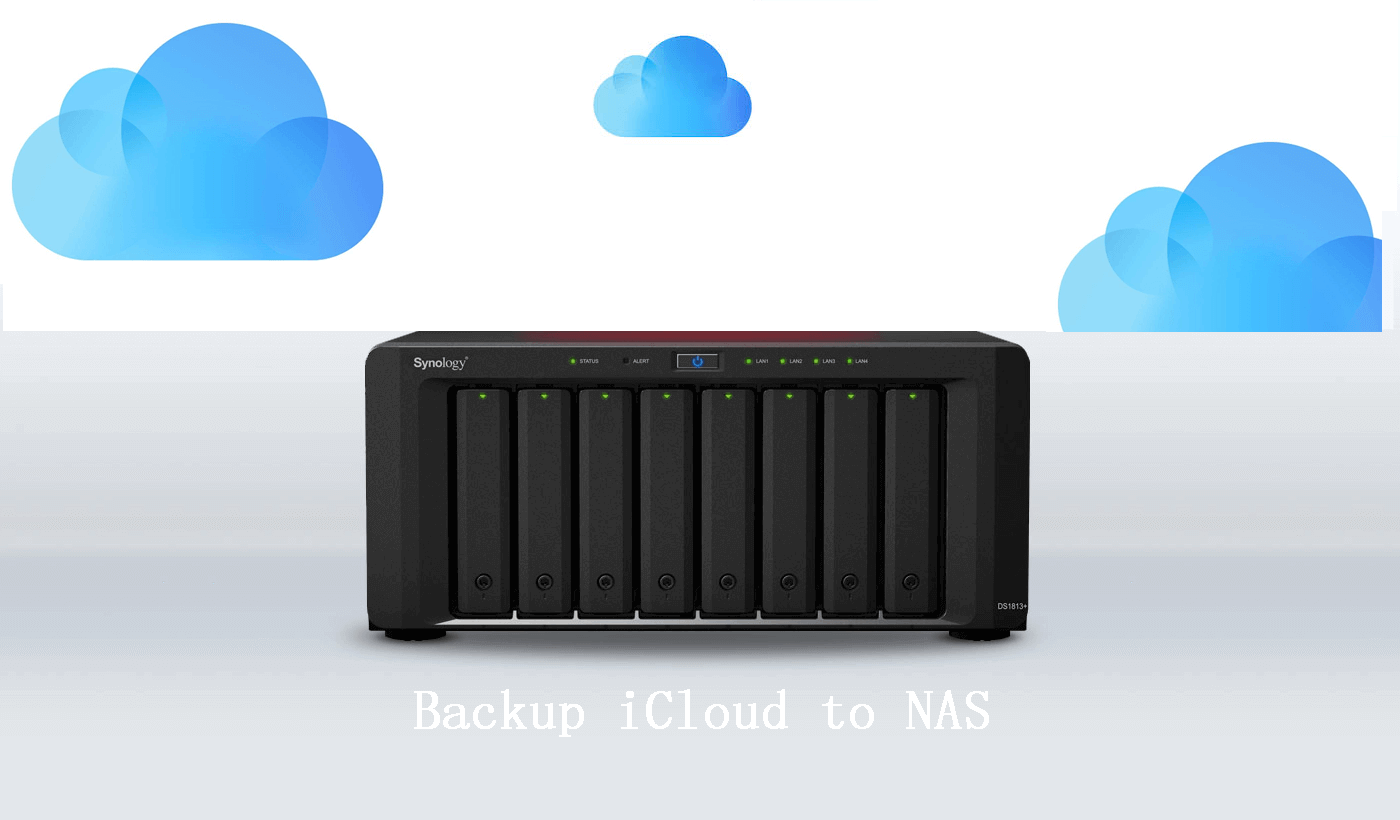

(which may be the remains of a stub file from an older version of iCloud). and, in some cases, another stub file named.

Instead of MyDocument.extn, your Mac’s local file system contains the stub named. When that happens, the Finder marks them with the familiar icon consisting of a cloud with a downward arrow.Įvicted documents don’t exist locally, but macOS keeps a stub file in their place. As we know well, that means that some docs will no longer be stored locally, but ‘evicted’ to iCloud. Older documents will be stored only in iCloud when space is needed.”Īs this appears to make good sense, and in some cases becomes essential to cope with all the files stored in iCloud, it hands over control of iCloud Drive to macOS.
#BACKUP MAC TO ICLOUD DRIVE FULL#
“The full contents of iCloud Drive will be stored on this Mac if you have enough space. This synchronisation becomes more complicated when storage optimisation is enabled, for instance by ticking the box to Optimise Mac Storage in the iCloud section of the Apple ID pane.
#BACKUP MAC TO ICLOUD DRIVE UPDATE#
When you change the copy in iCloud Drive using a different Mac or device, background processes download the changed document to update your local copy. When you make a change in the local copy, background processes upload the changed document to update the copy in iCloud Drive. In this article, I deal only with the first two of those, and defer examination of iCloud’s databases until I’m feeling strong enough.Īt its simplest, documents stored in iCloud Drive consist of two copies, one kept locally, and the other in iCloud. specially-secured shared databases like Keychain.shared databases for apps like Contacts and Notes,.app documents stored in app-specific folders in iCloud Drive,.user documents stored in user folders in iCloud Drive,.What appears to be a single cloud service actually handles quite different types of data: The basics of iCloud are complicated enough on their own. In this article, I look at such a collision which can have serious consequences: iCloud and backups. Unfortunately when several systems that just work through illusions are brought together, the result can just fail, and the illusions prevent explanation. In order for things to just work, macOS often creates an illusion, like Time Machine’s local snapshots and backups. A lot of macOS is designed to ‘just work’, and generally it does.


 0 kommentar(er)
0 kommentar(er)
